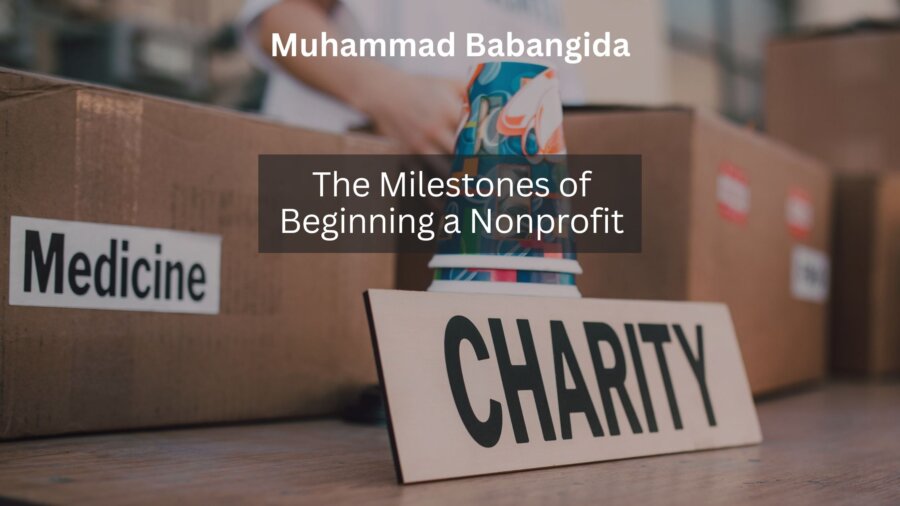When you decide to give back to your community, it doesn’t have to be expensive. Plenty of simple and affordable ways exist to make a positive impact without breaking the bank. Here are some ideas for giving back on a budget:
- Volunteer your time: One of the easiest ways to give back is by volunteering. Look for local organizations that need help with events, fundraisers, or community service projects. Many nonprofits rely on volunteers to carry out their mission, so your time and effort can make a big difference.
- Donate goods: Another way to give back without spending much money is by donating goods. Clean your closets and donate clothes, toys, and household items to a local charity. Many organizations also accept non-perishable food items and personal care products.
- Share your skills: If you have a specific skill or talent, consider sharing it with others. You can offer to teach a class or workshop at a community center, school, or library. Your expertise can be a valuable resource for those who may not have access to these opportunities otherwise.
- Participate in a fundraiser: Many nonprofits host fundraisers to support their programs and services. These events can be a fun way to give back while connecting with your community. Look for events like charity walks, silent auctions, or benefit concerts that align with causes you care about.
- Shop for a Cause: Some businesses donate some of their profits to nonprofits or charitable causes. Try and look for companies with a social mission or donate to causes you support. Shopping with these businesses lets you keep your favorite causes and get the needed products.
- Participate in a clean-up: Help keep your community clean by participating in a litter pick-up or community beautification project. Check with local organizations, schools, or parks to see if they have upcoming events that you can join.
- Spread awareness: Finally, one of the easiest ways to support your community is by spreading awareness about issues that matter to you. Share information on social media, start a conversation with friends and family or write a letter to your local representatives. By raising awareness, you can help to create change and inspire others to get involved.
By volunteering your time, donating goods, sharing your skills, participating in fundraisers, shopping for a cause, participating in clean-ups, and spreading awareness, you can make a positive impact without spending much money. Remember, every little bit counts and even small actions can create lasting change in your community.





